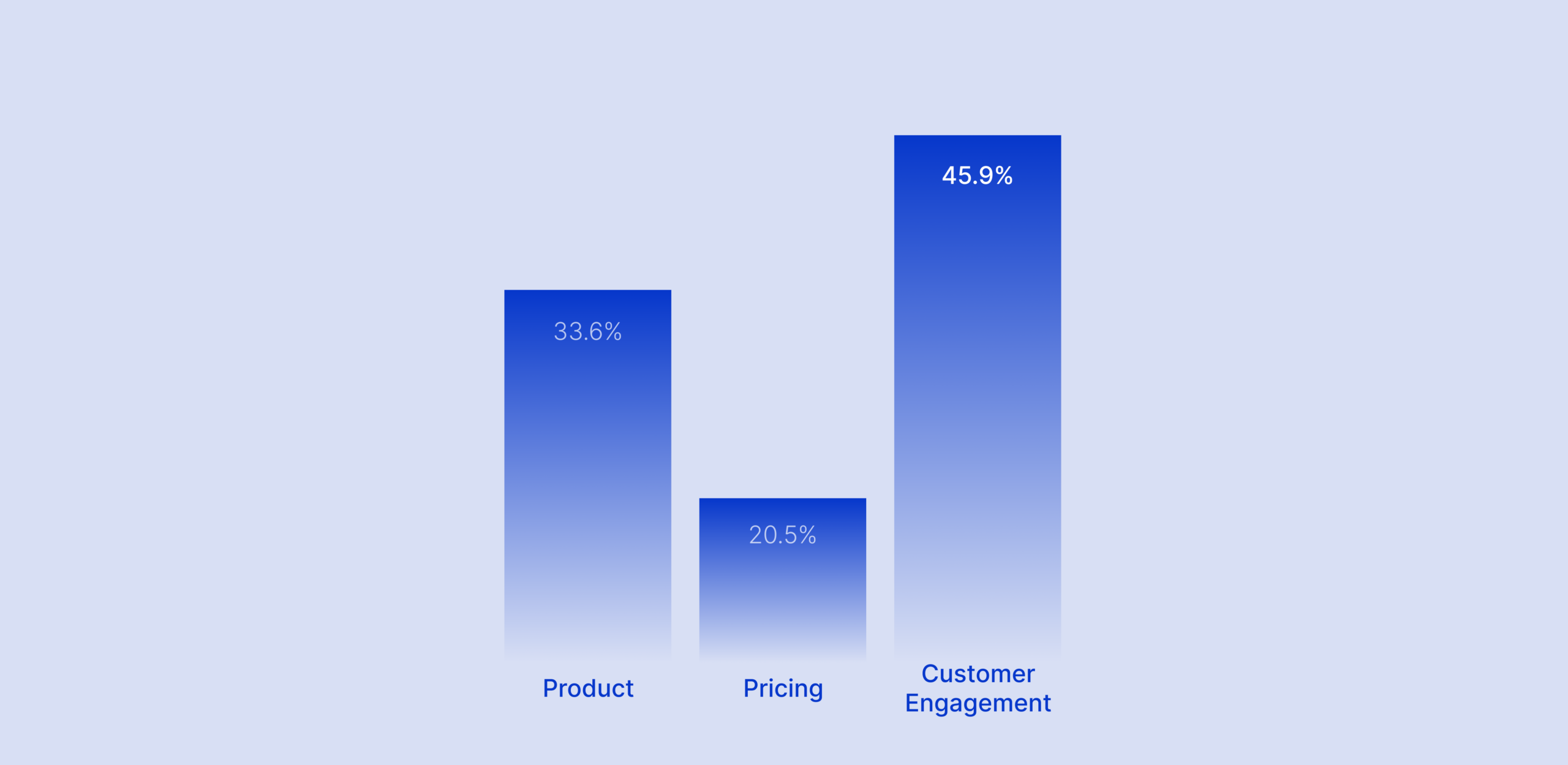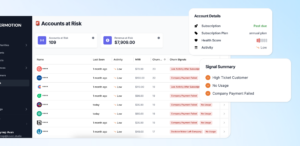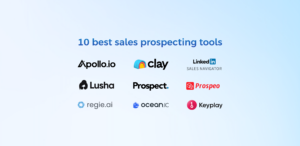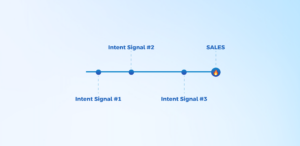The era of one-way communication is over.
Although the basic marketing principles do not change much over time, we see a new term, approach, model, or channel enter our lives every day –and customer engagement is at the heart of it.
Especially for SaaS companies, the communication between the customer and the company is more important than you can imagine.
Communication means happy customers; happy customers mean revenue.
Every SaaS company that wants to create long-term customer relationships that bring long-term success has to integrate the customer engagement model into its business.
What is a customer engagement model?
A customer engagement model can be defined as a set of practices that focus on providing the best form of communication with prospects, customers, and users.
This model contains techniques, strategies, and practices focusing on increasing customer engagement by providing the appropriate scenario, accordingly, building a good relationship with customers and prospects.
Why?
Customers now have much more say in the products and services companies offer.
Additionally, 70% of customers say how they feel and are treated is the deciding factor in their purchase decision. Moreover, 44% of customers take their complaints about the products and services they receive to social media. And 20% of customers who voice their complaints on social media expect a “response” within the first hour.
This has led to an exciting result.
Previously, in the classical CRM approach, the efforts to get to know the customer and the carefully collected data constituted a value that made organizations stand out.
Today, however, every company has the opportunity to extract important messages from every environment where customers are actively involved in a chain that extends from digital channels to social media.
With more customer touchpoints and richer social environment usage possibilities, we are in a period where opportunities for two-way communication with customers are increasing.
This has naturally forced traditional CRM approaches to change over time. If a business wants to acquire loyal customers and maximize the benefits from them, it has to offer them a value proposition that is continuous and makes them feel special.
What is SaaS customer engagement?
Now think about what you can do for your SaaS business in such an environment, especially in a world where complex data analysis systems are so prevalent, what conclusions you can draw, and how rich an interaction you can create.
Can you imagine what kind of impact a model in which you are aware of your customers’ behaviors in all channels, from call centers to Twitter messages, in which you can deliver the service they need instantly through the channel they prefer and in which you make them feel the value you give by taking their expectations into account would have on your business?
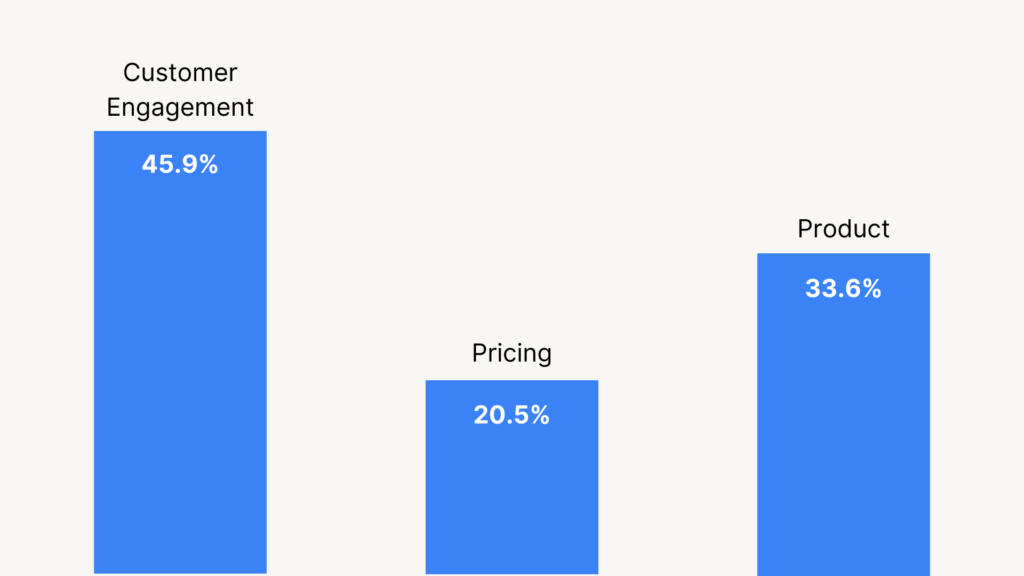
According to research, companies that earn $1 billion annually can expect to earn, on average, an additional $700 million within 3 years of investing in customer engagement.
Especially when the continuity of the benefit from the customer has an essential place in measuring the success of SaaS companies, it was inevitable that traditional one-sided approaches turned into two-sided communication.
How do you create your model?
There are various customer engagement models depending on the volume of the touch-points to suit the different kinds of customers in the company. Are you ready to create a model to knock off your customers’ socks? Obviously, it’s time to get excited!
What are the engagement models?
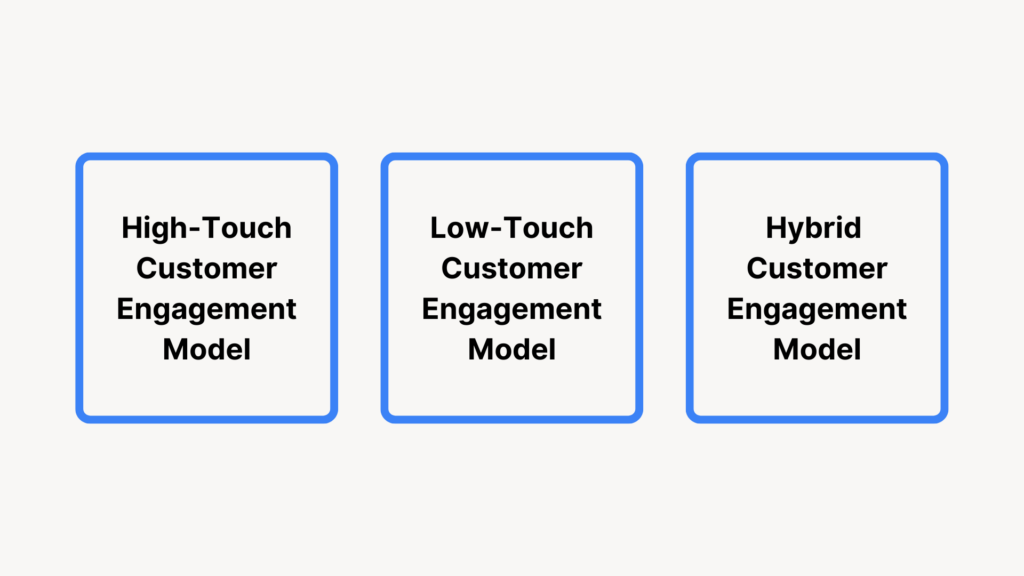
From the moment the customers decide to purchase your product or services to the moment they decide to leave your product, you need to touch customers’ needs and requirements in different ways.
Therefore, we can distinguish customer engagement models based on the volume of touchpoints customer success teams perform.
1. High-Touch Customer Engagement
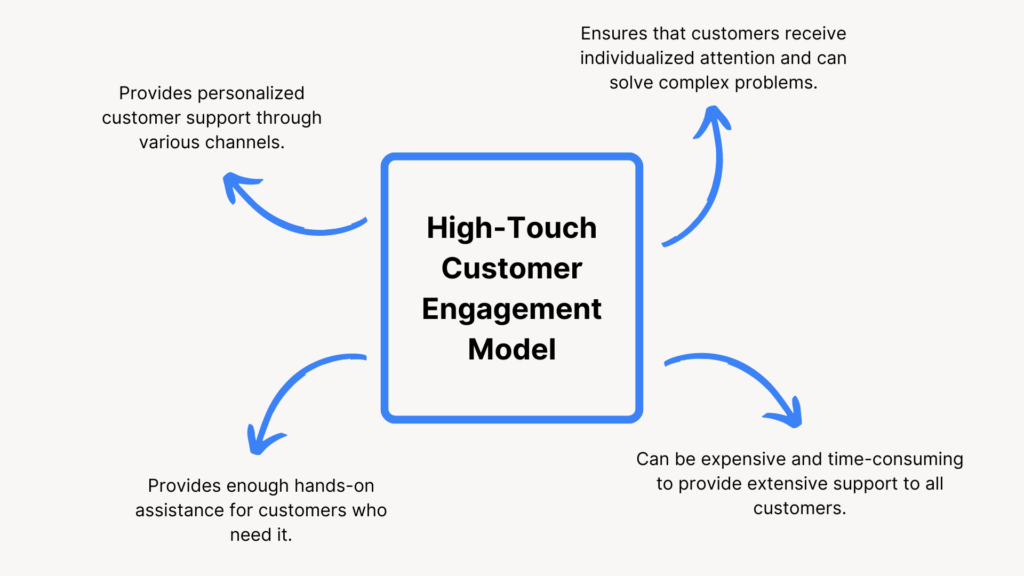
The more customers need custom assistance, the more increased touch points. This means that a high-touch model is the best case for software companies with complex services and customers with special needs.
This model is characterized by a high level of human touch for the customers. It leads to greater customer satisfaction and loyalty. From this perspective, we can understand that enterprise-level services require more personalized attention.
What do you need for a high-touch customer engagement model?
- Dedicated account managers or customer success managers who work closely with customers
- Personalized support to customers through various channels, such as phone, email, or chat.
- An active onboarding process supported by onboarding meetings
- An active support channel that provides 24/7 customer support
- Dedicated support tickets and meetings
- QBR meetings
2. Low-Touch
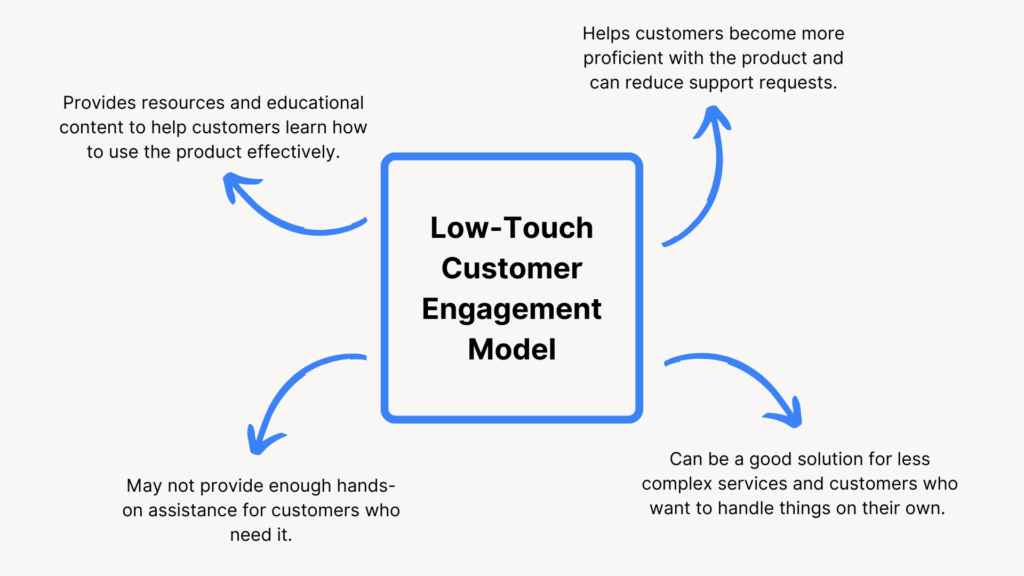
What model is the exact opposite of the high-touch model? Obviously Low-touch customer engagement model.
This model can be characterized by a minimal level of personal engagement. How?
Smaller companies with less complex products need a less personal touch to engage with customers. The customers of these tools mostly prefer to handle things on their own.
Therefore, the low-touch model can be cost-effective and scalable, but it may not be sufficient for customers who need more guidance or support.
What do you need for a low-touch customer engagement model?
- Online resources and documentation
- Knowledge bases
- Tooltips
- Best practices
- Educational emails and materials
- eBooks
- Chatbots
3. Hybrid Customer Engagement Model

A hybrid customer engagement model combines elements of both high-touch and low-touch models to provide a range of engagement options that can meet the needs of different customers.
For example, a SaaS company might offer self-service options for customers who prefer to handle things independently but also offer dedicated account managers or customer success managers for enterprise-level customers who require more personalized attention.
Hybrid models can be flexible and adaptable, but they can also be more complex to implement and manage.
What do you need for a hybrid customer engagement model?
- Dedicated account managers and in-app customer support materials
- Chatbots that offer both real support and AI assistance
- Onboarding meetings and onboarding video materials
- QBR meetings, NPS, and in-app feedback forms
- Online resources and documentation, knowledge bases, and tooltips
4. Product-led Customer Engagement Model
Product-led customer engagement model can be considered a low-touch model but is mainly supported with user and product data.
Companies that implement product-led customer engagement in their businesses provide self-service journeys for customers by highly relying on product usage data, user behaviors, and customer health scores.
Now, picture this: you’re a customer browsing for a solution that will solve your problems. Then, you encounter a product that not only catches your eye; but also offers a free trial or a demo version. You can see how it works without committing to purchase upfront. This, my friend, is the magic of product-led customer engagement.
Thus, you can create a more reliable customer engagement strategy by being aware of the feelings of the customer by tracking their activities. You will be there when needed, but this will be through the product itself.
Especially for SaaS users, the product can become a good engagement material. And for you, product-led customer engagement becomes a good model for measuring SaaS engagement.
What do you need for a product-led customer engagement model?
- Product-led Growth mindset
- Customer health scores
- Product usage data
- Product Demo
- Free trial
- Freemium
- In-app onboarding flows
- Transparent pricing
Key Takeaways
💡 Lastly, two-way communication with customers is essential, as it allows SaaS companies to understand customer behaviors
💡 Customer engagement is crucial for SaaS companies, and it involves a set of practices that focus on providing the best form of communication with customers.
💡 Customer engagement models can be distinguished based on the volume of touchpoints customer success teams perform. There are three models called high-touch, low-touch, and hybrid (+ still-not-very-official product-led customer engagement model)
💡 A high-touch model is characterized by a high level of human touch for customers, leading to greater customer satisfaction and loyalty.
💡 A low-touch customer engagement can be characterized by minimal personal engagement.
💡 A hybrid combines elements of both high-touch and low-touch models to provide a range of engagement options that can meet the needs of different customers.
If our still-not-very-official bonus of product-led customer engagement takes your attention, I can personally suggest you start by understanding product-led growth first and evaluate if it is a right fit for your product. You can take a look at the post that tries to explain how you can decide, “Determining if a PLG strategy is right for you.”
FAQ
What are the 4 types of engagement?
There are mainly 3 types of customer engagement models: high-touch, low-touch, and hybrid. We can also add a product-led customer engagement model to this list.
What are examples of customer engagement?
Customer engagements can be in different formats, from an email or in-app message to social media or communities.
What is the meaning of customer engagement?
Customer engagement means every interaction or touch a company experiences with its customers to create loyal relationships.

